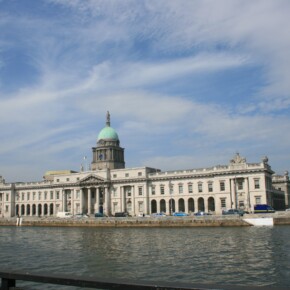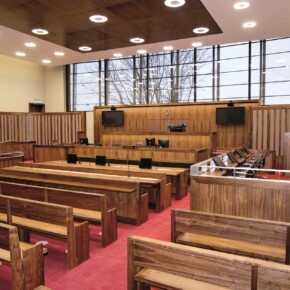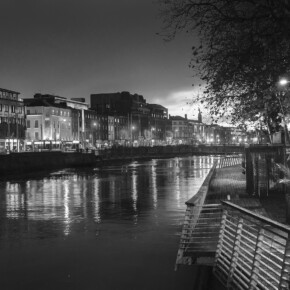Women candidates lead the way in the capital
Dublin People 16 May 2014WITH the Local Elections taking place today, recent research has shown that we are less engaged with politicians and politics than ever before.
The turnout at the last Local Elections back in 2009 was 58 per cent and for the 2013 Seanad referendum it was just 39 per cent, highlighting the fact that an ever-growing portion of the electorate are choosing to opt out of the decision making process.
In this today’s Local Elections, 30 per cent of the candidates running in all four electoral areas in Dublin are women, a record number, as the capital leads the way when it comes to the number of female candidates on the ticket.
There are some electoral areas that are particularly noteworthy. Blackrock is one, as 64 per cent of all candidates running there are women.
Women are blazing a trail in other Dublin areas including Mulhuddart where half the candidates are female. Meanwhile, in neighbouring Swords, this figure is just 10 per cent.
So does it really matter if there are greater numbers of women on the ticket and if so, why?
Without people on the ticket to represent us and our values our voices will never be heard.
A total of 51 per cent of the population are women in this country yet they make up just 15 per cent of the Dáil.
One would imagine this figure would be higher at local Government level with so many able women playing pivotal roles in our communities.
It is higher, but it’s only 16 per cent.
Though the political issues women and men face are the same, they are prioritised differently.
For example, in a general election, men may give greater weight to income tax policies while women may hold health and education in higher regard.
Voting is our opportunity to express our priorities whatever they may be and to influence the policy making process.
Local elections are about deciding who will make decisions about resources across our communities.
For example, high business rates and expensive parking charges may mean your locality is not the vibrant hub it once was and locals have to drive further afield to shop.
There are other issues too, such as is social housing in your area needed and prioritised? Are pedestrian crossings, libraries and community parks properly and efficiently serving your local community?
Your views on the direction of an issue or the priorities of local government budgets will not be heard if you do not vote.
It’s only by engaging and participating that you have the opportunity to change the things you do not like.
However, instead of assuming someone else will do it, Women for Election believe that we need to look at ways to make it easier to get involved with our communities and our public representatives.
The first step is simple, vote! However, we believe that more radical changes are needed and these include a more balanced representation on our councils, a balance that will reflect the needs of our complete society, both men and women.
Over the past two years Women for Election has been providing training and mentoring to women from across Ireland, on a non-partisan basis, to support them as they go forward for election.
This year sees 438 women running for the Local Elections, a record number, but it is still just 22.5 per cent of candidates.
Women for Election is also calling out for a vote for women whose values reflect your own, women who have worked hard in your constituency and women who will bring positive change to your community and consider a broader sense of priorities that meet the needs of the whole community.










